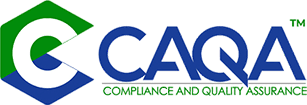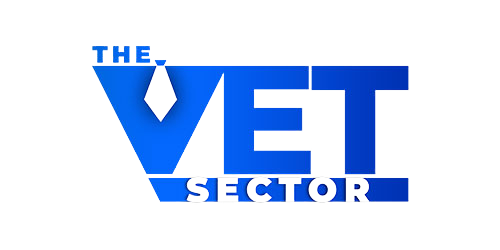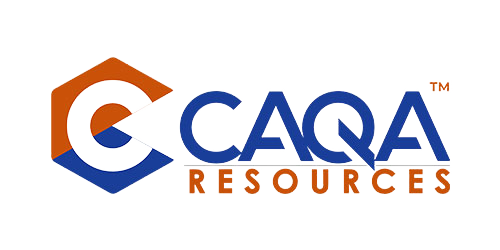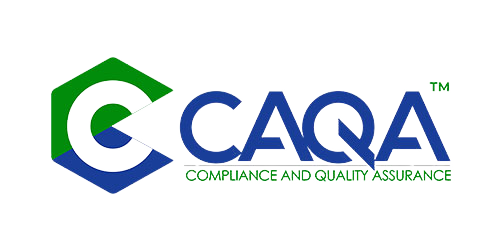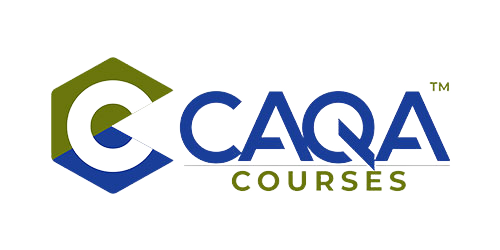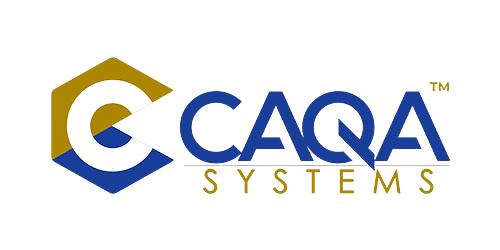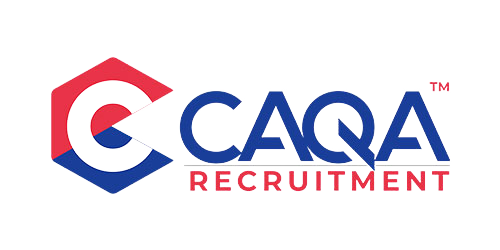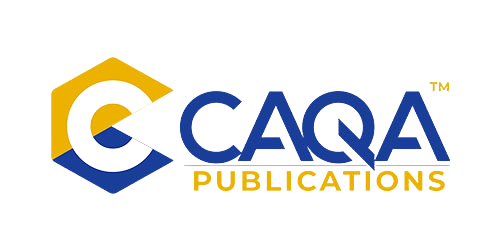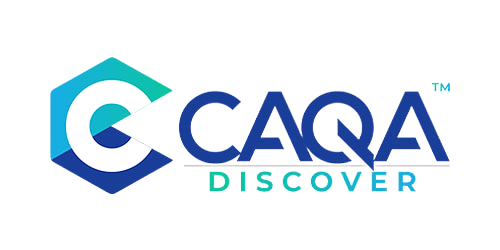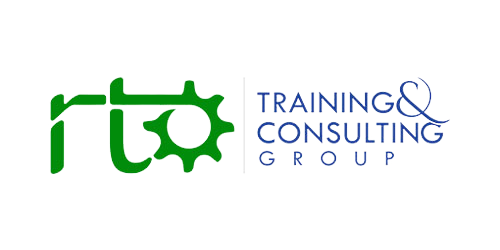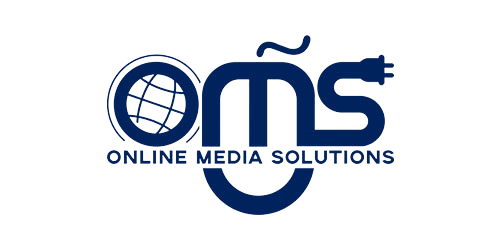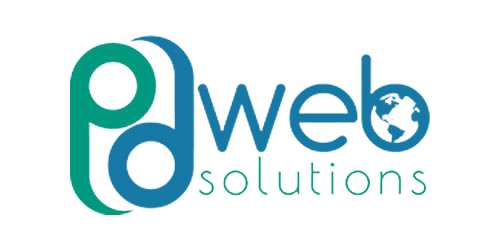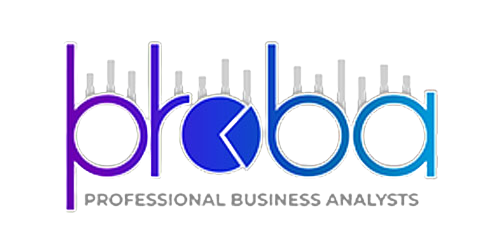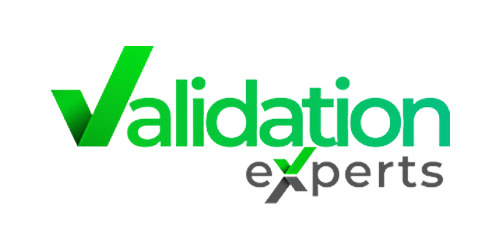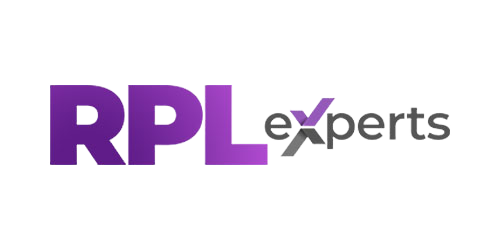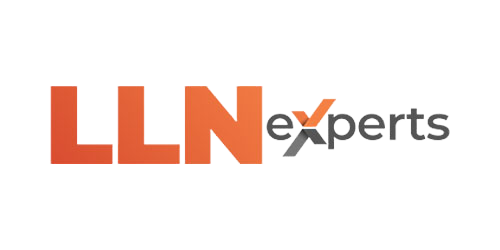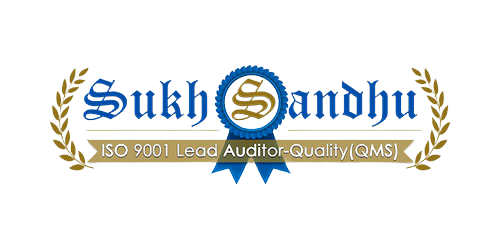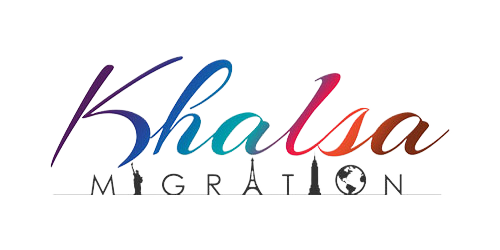Here, we outline the essential steps that Registered Training Organisations (RTOs) must take to prepare for regulatory audits by organisations like ASQA. The key focus is on ensuring updated and accurate Training and Assessment Strategies (TAS), appropriate documentation for trainers and assessors, consistent policies and procedures, and a thorough understanding of the audit process. By addressing these areas, RTOs can ensure a smooth audit experience and demonstrate compliance with the Standards for RTOs 2015. With a well-prepared approach, RTOs can confidently navigate the audit process and use it as an opportunity for continuous improvement.
Regulatory audits are a critical component in ensuring that Registered Training Organisations (RTOs) in Australia meet the required educational and compliance standards. The Australian Skills Quality Authority (ASQA) conducts these audits to verify that RTOs deliver high-quality training and assessment services that align with the Standards for Registered Training Organisations (RTOs) 2015. However, for RTOs to navigate the audit process successfully, preparation is key.
The process of preparing for a regulatory audit can seem overwhelming, especially if the RTO has not conducted internal audits or assessments of its own compliance and operational effectiveness. However, when approached systematically, audit preparation can serve as an opportunity for growth and continuous improvement.
In this article, we will guide you through the essential steps for preparing your RTO for a successful audit. This includes ensuring that your Training and Assessment Strategies (TAS) are up to date, checking that all promotional materials align with your strategies, making sure that every trainer and assessor’s qualifications and competencies are thoroughly documented, and preparing both staff and stakeholders for the audit. These steps, combined with a thorough understanding of the audit process and compliance requirements, will ensure that your RTO is fully ready for any audit from ASQA or similar regulatory bodies.
1. Ensure There is an Updated and Reviewed REAL TAS for Every ‘Program’ on Scope
The Training and Assessment Strategy (TAS) is a cornerstone document for any RTO. It outlines how the RTO will deliver training and assessment to students, covering all key areas such as delivery modes, assessment strategies, learner support, and the resources required. A well-prepared TAS not only demonstrates compliance but also supports the effective and efficient delivery of training programs.
Importance of an Updated and Reviewed TAS
-
Compliance with the Standards: The TAS must align with the Standards for RTOs and ensure that the delivery and assessment methods are appropriate for the learners and the qualification.
-
Reflection of Current Practices: An updated TAS ensures that all the training and assessment methods reflect current industry practices, changes in regulations, and any modifications made to the training programs.
How to Ensure the TAS is Prepared and Reviewed:
-
Regular Updates: Review the TAS regularly to ensure that it includes the latest training delivery and assessment methods, resources, and policies. This should be done at least annually or when there are significant changes in training programs, delivery modes, or regulatory requirements.
-
Program-Specific TAS: Each training program (including any specific cohorts) must have its own detailed TAS. This includes considering any specific delivery modes or assessment variations based on the needs of the cohort (e.g., workplace-based training, online learning, etc.).
-
Consistency with Promotional Materials: Cross-check all promotional materials, such as brochures, websites, and advertisements, to ensure they are consistent with the TAS. Misleading or inconsistent marketing can lead to non-compliance findings during audits.
2. Ensure Every Trainer/Assessor is Fully Documented
One of the key focus areas during an audit is the competency of trainers and assessors. Auditors will want to verify that trainers and assessors meet the qualifications, experience, and professional development requirements specified in the Standards for RTOs.
Why This Is Important:
-
Ensuring Competency: It is essential that each trainer and assessor has documented evidence that they demonstrate current competency for each unit they are delivering or assessing. This includes their qualifications, vocational experience, and evidence of professional development activities.
-
Not Just a Resume or Copy of Qualifications: Auditors are looking for more than just a resume or a copy of qualifications. Trainers and assessors must demonstrate that they are actively involved in ongoing professional development and that their skills and knowledge are current. This can include evidence of industry engagement, participation in professional development activities, and a record of assessments completed.
How to Ensure Trainers/Assessors Are Fully Documented:
-
Competency Documentation: Keep a comprehensive and up-to-date record for each trainer and assessor that includes details of their qualifications, industry experience, and professional development activities.
-
Professional Development Policies: Ensure that your RTO has clear policies outlining how trainers and assessors will meet and maintain the required competency standards. This includes specific professional development requirements and how staff can achieve them.
-
Continuous Professional Development: Provide your trainers and assessors with opportunities for regular professional development and keep track of their participation in relevant activities. This will not only ensure compliance but also enhance the quality of the training provided.
3. Prepare Staff for the Audit Process
Proper preparation of staff is vital to ensuring a smooth audit process. Staff must understand the audit process, what is expected of them, and how they can contribute to demonstrating compliance.
Why Staff Preparation is Critical:
-
Clarity and Consistency: All staff members should be clear about the audit process and what will be expected of them. Consistent communication across all staff ensures that everyone is on the same page and ready to engage with auditors.
-
Handling Questions and Responses: Staff may be asked a range of questions during the audit, from general questions about the RTO’s operations to more specific questions about the training and assessment process. Proper training ensures that staff can answer confidently and accurately.
How to Prepare Staff:
-
Information Sessions or Newsletters: Hold information sessions or send newsletters to staff to explain the audit process. This should include the purpose of the audit, what to expect, how to respond to auditors’ questions and the key areas that will be assessed.
-
Use Correct Terminology: Ensure that all staff are familiar with and use correct terminology, such as AQF, ASQA, Standards for RTOs, and the National Vocational Education and Training Regulator Act 2012. Proper use of terminology shows professionalism and understanding of the regulatory framework.
-
Induction and Ongoing Training: New staff should undergo an induction process that includes training on audit readiness. Regular refresher training should be provided to ensure that all staff remain informed about the latest compliance requirements and audit expectations.
4. Understand and Communicate Current Legislation
In addition to understanding the Standards for RTOs, it is essential for staff to be aware of current legislation that impacts the RTO’s operations. This includes the Privacy Act 2009, the Work Health and Safety Act 2011, and any changes to the VET Act or the National Vocational Education and Training Regulator Act etc.
Why Legislative Awareness Matters:
-
Legal Compliance: Keeping up with current legislation ensures that the RTO is operating within the law and that staff are complying with their legal obligations.
-
Audit Readiness: Auditors may ask questions regarding compliance with legislation during the audit. Having staff familiar with key legal requirements ensures that the RTO can demonstrate compliance.
How to Ensure Legislative Compliance:
-
Regular Reviews: Review and update policies and procedures regularly to reflect changes in legislation. This can include updates to how student records are managed (under the Privacy Act) or ensuring that health and safety protocols align with current requirements.
-
Staff Training: Include legislative compliance as part of your staff training program. Ensure that all staff understand how the legislation impacts their role and the RTO’s operations.
5. Ensure All Procedures Are Reviewed and Circulated to Staff
Clear and well-documented procedures are essential to demonstrating compliance during an audit. These procedures should cover all areas of RTO operations, particularly those that relate to training, assessment, and student management.
Key Areas to Review:
-
Complaint and Appeal Procedures: Ensure that the complaint and appeal procedures are documented and understood by all staff. This is a key area for auditors, as it demonstrates the RTO’s commitment to fairness and transparency.
-
Assessment and Reassessment Procedures: Review the procedures for assessment and reassessment. Make sure that students are provided with adequate opportunities to demonstrate their competency, and ensure that all trainers are consistent in their application of assessment criteria.
-
Student Support: Ensure that procedures for providing support to students, including special needs or adjustments, are clearly documented and followed. This may include additional assessment opportunities for students who need adjustments.
How to Review and Circulate Procedures:
-
Regular Reviews: Set a schedule for reviewing all procedures and policies, particularly those relating to student management, assessment, and complaints handling. This should be done in preparation for an audit but also on a regular basis as part of continuous improvement.
-
Staff Circulation: Circulate updated procedures to staff regularly, ensuring that all staff members are familiar with the processes. Hold meetings or workshops to explain key changes and answer any questions.
6. Ensure Assessment Tools Are Valid, Current, and Have Been Validated
One of the most scrutinised aspects during an audit is the validity and reliability of assessment tools. Auditors will assess whether the RTO’s assessment tools are up-to-date, properly validated, and aligned with the qualification requirements.
Why Assessment Tools Matter:
-
Compliance with Standards: The assessment tools must meet the requirements set out in the Standards for RTOs and ensure that assessments are fair, reliable, and valid.
-
Student Outcomes: Properly validated assessment tools ensure that students are assessed in a way that reflects industry needs and the learning outcomes required by the qualification.
How to Ensure Valid Assessment Tools:
-
Validation: Regularly validate assessment tools to ensure they are still appropriate for the qualification being delivered. This can include consulting with industry professionals, reviewing feedback from students, and ensuring that the assessment methods reflect current industry practices.
-
Documentation: Keep detailed records of the validation process, including who was involved, the tools assessed, and any modifications made. This documentation can be used to demonstrate that the tools are valid and reliable during an audit.
7. Review Contractor Arrangements
If your RTO engages contractors for training or assessment, auditors will need to verify that these contractors meet the same compliance standards as your direct staff. This includes ensuring that their work is regularly monitored, their qualifications are appropriate, and that they follow the RTO’s policies and procedures.
How to Review Contractor Arrangements:
-
Monitoring and Documentation: Ensure that contractor arrangements are documented and that there is a process for monitoring their performance. Keep records of when they were assessed, what feedback was provided, and any actions taken.
-
Consistency: Ensure that contractors are following the same policies and procedures as full-time staff, particularly with regard to assessment and student support.
8. Conduct a ‘Management’ Strategy and ‘Dry Run’
Before the audit, conduct a ‘dry run’ to simulate the audit process. This helps identify any gaps or areas where staff may need additional training or support.
How to Conduct a Dry Run:
-
Audit Simulation: Create a mock audit situation where staff respond to common auditor questions, review sample student records, and verify compliance with the Standards for RTOs.
-
Review Previous Audit Findings: Ensure that the outcomes of the previous audit have been addressed. If any corrective actions were taken, ensure that these are reflected in your current processes.
9. Involve Trainers/Assessors in the Audit Process
Finally, ensure that trainers and assessors are involved in the audit process, as they play a critical role in demonstrating compliance with the Standards for RTOs. Their participation helps to show auditors that the RTO is transparent, accountable, and committed to quality training and assessment.
How to Involve Trainers/Assessors:
-
Staff Meetings: Regularly involve trainers in staff meetings to discuss audit preparation, feedback from students, and continuous improvement efforts.
-
Feedback Mechanisms: Encourage trainers to provide feedback on the RTO’s operations and involve them in decision-making processes where possible. This not only improves the RTO’s processes but also engages trainers in maintaining compliance.
Are You Ready for Your Audit?
Preparing for an audit from ASQA is a critical process that requires thorough planning, engagement, and attention to detail. By ensuring that your Training and Assessment Strategies (TAS) are up to date, preparing your staff, and reviewing key procedures, you can ensure that your RTO is audit-ready. With the right approach to assessment tools, contractor arrangements, and staff involvement, your RTO can use the audit process not only to meet compliance requirements but to continuously improve its training and assessment outcomes. By being proactive, your RTO can navigate audits successfully and emerge stronger, more efficient, and more aligned with industry needs.
